Description
‘Punarnava’ is that ‘which regenerates’, the Sanskrit name of Boerrhavia diffuse or Spreading Hogweed. The herb which lies dormant when dry gives out lush green foliage and flowers when it rains. Punarnavasava, with ‘Punarnava’ as its prime ingredient, boosts kidney health and function. It cleanses and rejuvenates, and wipes out inflammation from the body.
Asavas are mildly alcoholic preparations. The sweet taste of Punarnavasava makes it palatable to kids and adults alike. The alcohol base makes it quick-acting and efficient.
Key ingredients:
PIPPALI (Piper longum)
Pippali is known as ‘Tridoshic’ herb as it suits all body types. Thus regular consumption of Pippali in the suggested quantity can help you to immune your body to quite an extent. Pippali has anti-microbial, anti-inflammatory activity. Consumption of Pippali is said to exhibit anti-spasmodic action and hypoglycaemic effect which is believed to lower blood sugar levels. It is also reported to be the antagonist in respiratory depression. Also due to its cooling post-digestive effect consumption of Pippali is considered a safe and effective option to avoid all sorts of digestive disorders.
MARICHA (Piper nigrum)
It is native to the Western Ghats of India. It is cultivated for its fruit, which is widely used as a spice and in traditional Indian medicine preparation. Black pepper is an appetizer and a carminative commonly used in the treatment of digestive systems-related complaints like dyspepsia, indigestion, flatulence, nausea, diarrhea and colic pain. In the respiratory system, it acts like an expectorant used in Cough, cold and chest congestion. Externally used as an analgesic and in Vitiligo it stimulates the production of pigments.
SHUNTI (Zingiber officinalae)
Due to its strong flavor, Ginger is an essential ingredient in many Asian cuisines. Its therapeutic benefits have been recorded in Ayurvedic and Traditional Chinese Medicine. Ginger is a potent anti-nauseatic and is beneficial in treating upset stomach. Gingerol and shogaol, active components of Ginger, suppress gastric contractions. Both the fresh and dried rhizomes of Ginger suppress gastric secretion and reduce vomiting. The compounds 6-gingerol and 6-shogaol have a number of pharmacological properties, including antipyretic, analgesic, antitussive and hypotensive properties.
HAREETHAKI (Terminalia chebula)
Popularly known as Indian walnut for its innumerable benefits or Indian hog plum in English, it is extremely valuable for its role in improving hair health. It is useful for treating scalp infections like dandruff, itching and hair fall. It also strengthens them from the roots, prevents breakage and loss of hair and bestows silky soft smooth hair. Chebulic Myrobalan is one of the three key ingredients in Triphala, a natural compound that provides overall support for digestive function and helps ensure that the digestive tract works at optimal levels. The Ayurvedic Pharmacopoeia of India has documented the use of the powdered herb in intermittent fevers and chronic fevers, anemia and polyuria. Chebulic Myrobalan can also be used to treat gastrointestinal and respiratory disorders
AMALAKI (Emblica officinalis)
It is commonly known as the Indian gooseberry is high in Vitamin C and natural antioxidants known as flavonoids and polyphenols. When used for hair treatments, it is found to strengthen and condition follicles down to the roots. Amla oil can promote hair growth, reduce dandruff, and prevent the graying of hair.
VIBHITHAKI (Terminalia Bellirica)
Known as Beach almonds or Bedda nut tree, it is rich in Vitamin C and other antioxidants that nourish the hair roots. Bibhitaki helps in making the roots of the hair stronger, minimizing hair fall and preventing premature graying of hair strands.
GOKSHURA (Tribulus terestris)
Being an amazing skin emollient, these prickly dried fruits of the Gokshura tree treats skin infections and inflammatory conditions. It also helps in treating the various signs of aging like wrinkles, fine lines, dark circles etc. and bestows smooth, glowing revitalized skin. Land Caltrops has been used for centuries as a general tonic by the Ancient Greeks. It is used in Ayurvedic medicine to maintain efficient kidney and urinary functions and in reducing renal discomfort. It is effective in treating urinary tract disorders because it promotes the flow of urine and cools and soothes the membranes of the urinary tract. Land Caltrops has also been described as an aphrodisiac in Ayurveda..
DARUHARIDRA (Berberis aristata)
Also known as Haldi, this vibrant yellow-colored spice checks the worsening of Pitta doshas like jaundice. The powerful anti-inflammatory and antiseptic properties of turmeric help in evading infections and treats various skin conditions. Tree Turmeric is a revered herb in Ayurvedic medicine. Possessing antibacterial, anti-inflammatory, antipyretic and antiseptic properties, the herb is used as a cholagogue, stomachic, laxative and diaphoretic.
BRIHATI (Solanum indicum)
The use of Brihati in this oil helps reduce Vata disorders. It treats different types of skin infections and nourishes and rejuvenates the skin.
KANTAKARI (Solanum virginianum)
The Kusthahara property of this herb holds high value in treating skin diseases, helping in wound healing and promoting skin health. Yellow Berried Nightshade is one of the chief ingredients in Dashamoola Rasayanam, an Ayurvedic preparation for the treatment of respiratory ailments. The herb is also a digestive and carminative, which facilitates the treatment of gastrointestinal problems.
VASAKA (Adathoda vasika)
Vasaka herb is used for treating cold, cough, chronic bronchitis and asthma. In acute stages of bronchitis, Vasaka gives unfailing relief, especially where the sputum is thick and sticky. It liquefies the sputum so that it is brought up more easily. For relief in asthma, the dried leaves should be smoked. The juice from its leaves should be given in doses of 2 to 4 grams in treating diarrhea and dysentery.
ERANDA (Ricinus communis)
All the parts of this herb have medicinal value. Castor seeds and seed oil is used since ancient times to cure disorders like rheumatism, worm infestation, and abdominal disorders. External application of this oil is used to relieve boils, furuncles, and various skin-related disorders.
NIMBA (Azardirachta indica)
It is commonly known as Neem tree. Neem is used for various skin diseases, eye disorders, ulcers, gum diseases, for birth control. It is also used as mosquito repellent. Neem leaf paste is used as a home remedy for the skin.
GULUCHI (Tinospora cordifolia)
It is a well-recognized and widely distributed traditional plant that is used successfully in Indian Ayurveda medicine. Guduchi helps increase the effectiveness of protective white blood cells which fight infection. The herb also augments immune responses to infections by influencing various immune effector cells and ensures early recovery. It’s effective in infections in the respiratory system, skin, and soft tissues, infected wounds, especially in diabetic conditions and immune-compromised conditions.
PUNARNAVA (Boerhaavia diffusa)
Punarnava, a potent Ayurvedic has immense health benefits and has been in use since ancient times in treating a host of health anomalies. Commonly known as Hogweed, Sterling, Tarvine in English, Mukarati Kirei in Tamil, Raktakunda, and Shothaghni in Sanskrit, it goes by the botanical name Boerhavia diffusa. Punarnava has powerful analgesic and anti-inflammatory properties, which is extremely beneficial in reducing joint and muscle pain, thereby reducing the chances of chronic autoimmune inflammatory diseases like rheumatoid arthritis.


 Sign In
Sign In Cart
Cart 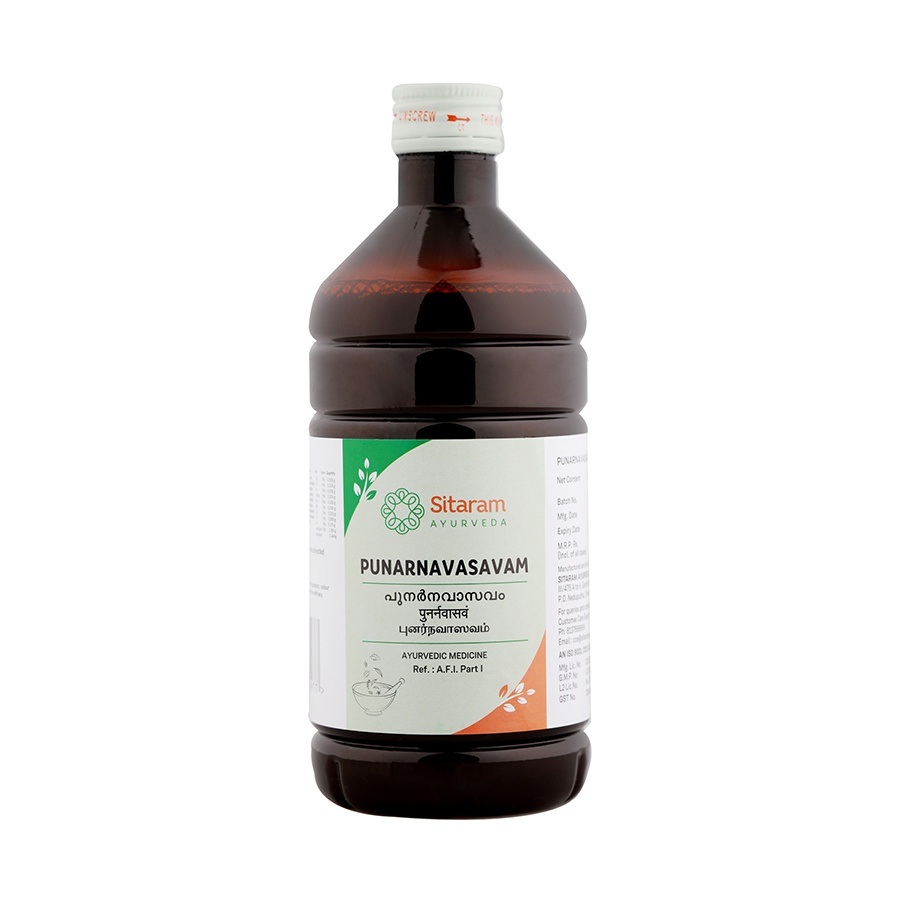
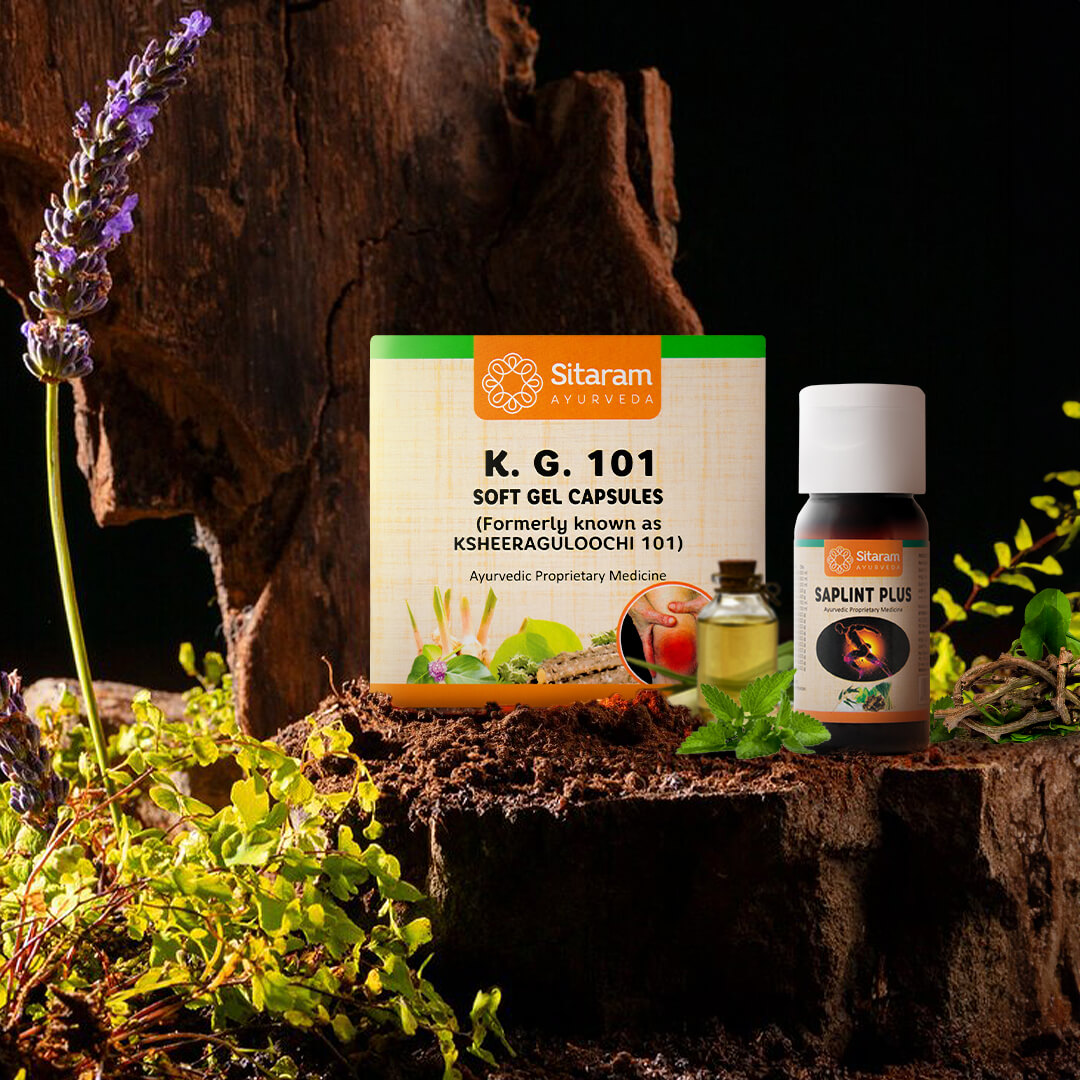
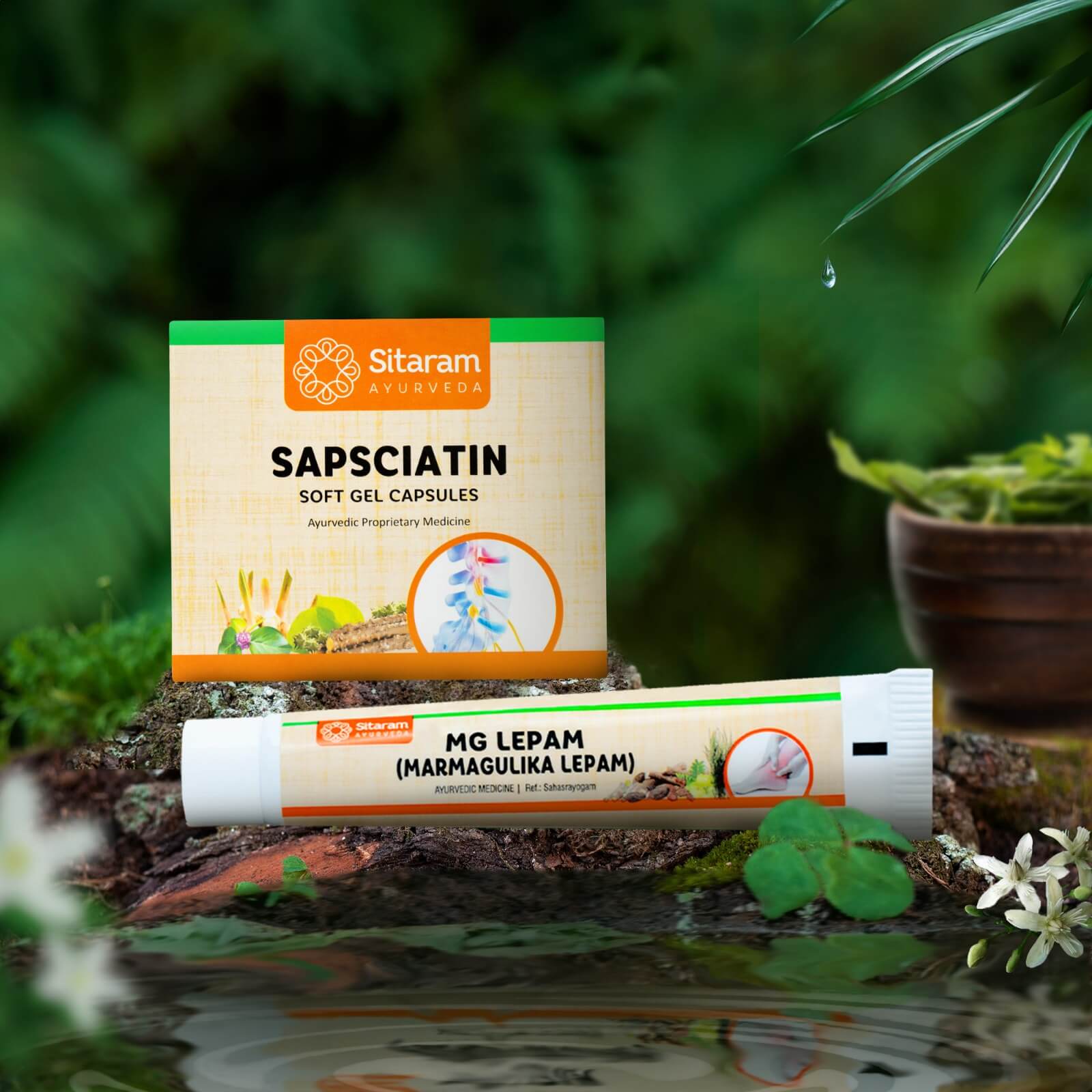
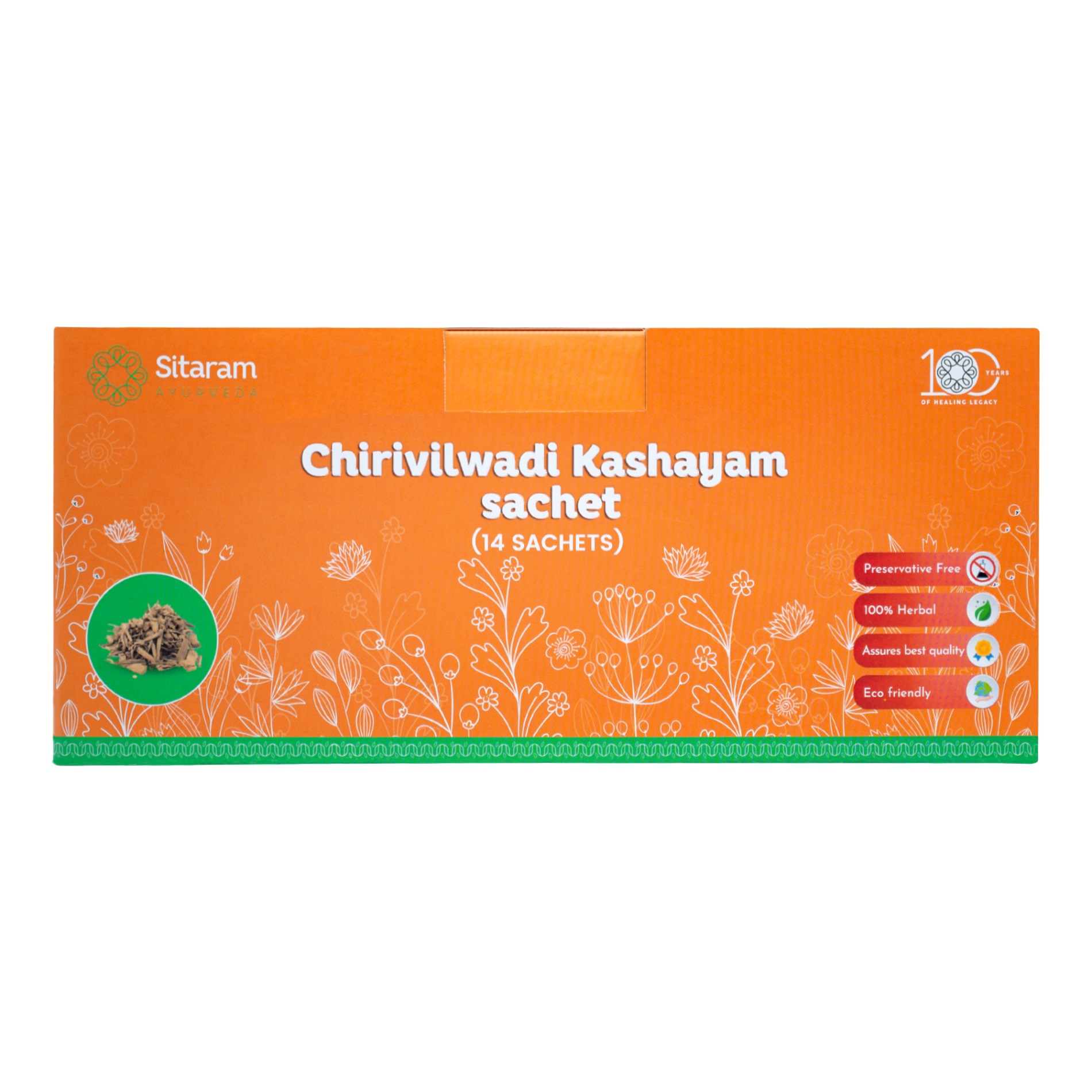
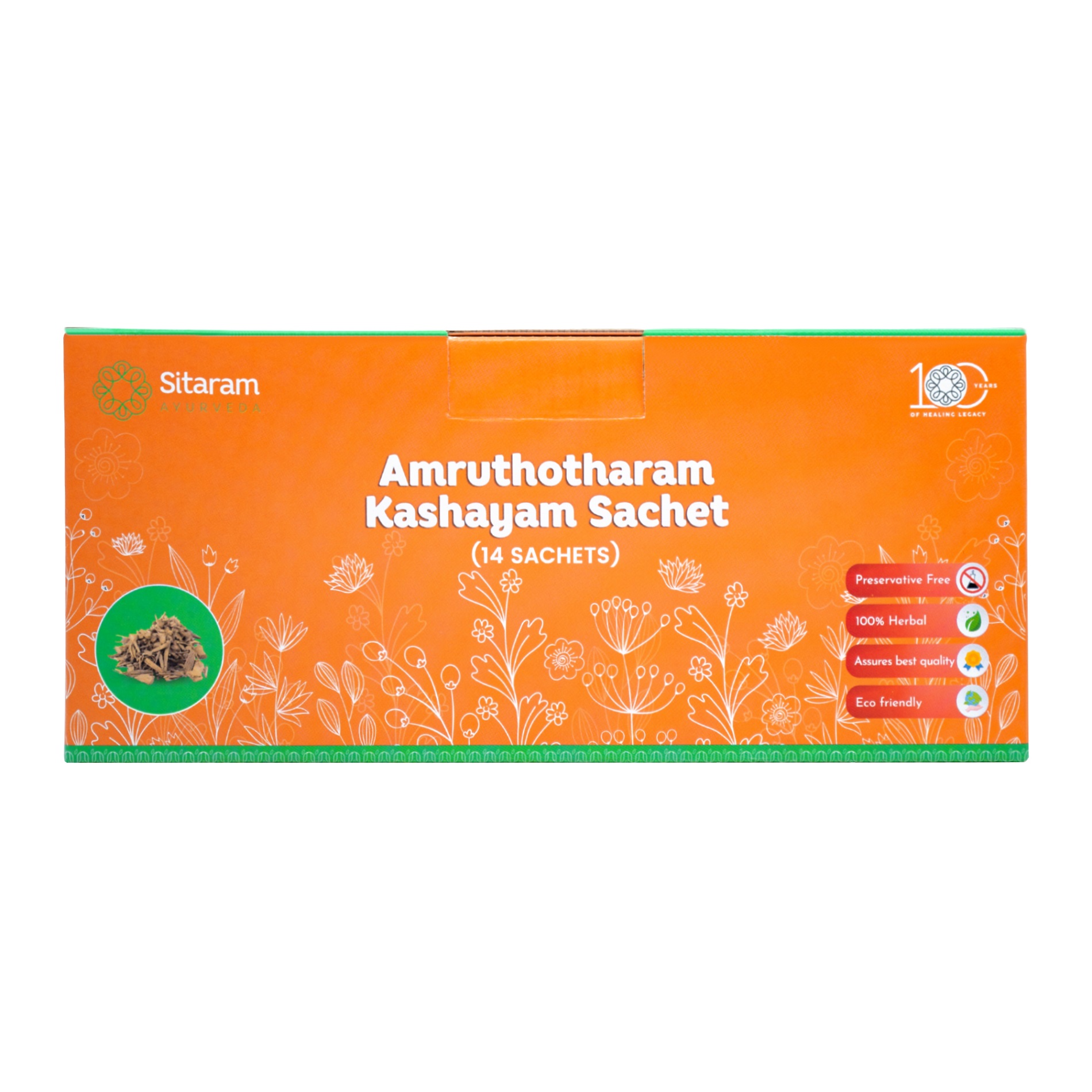
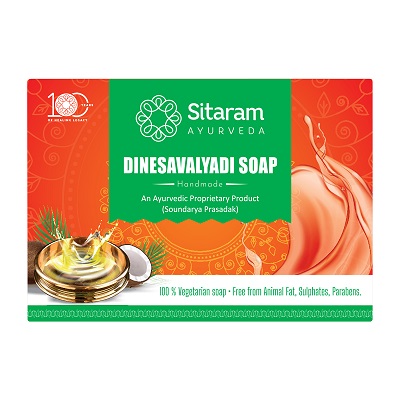
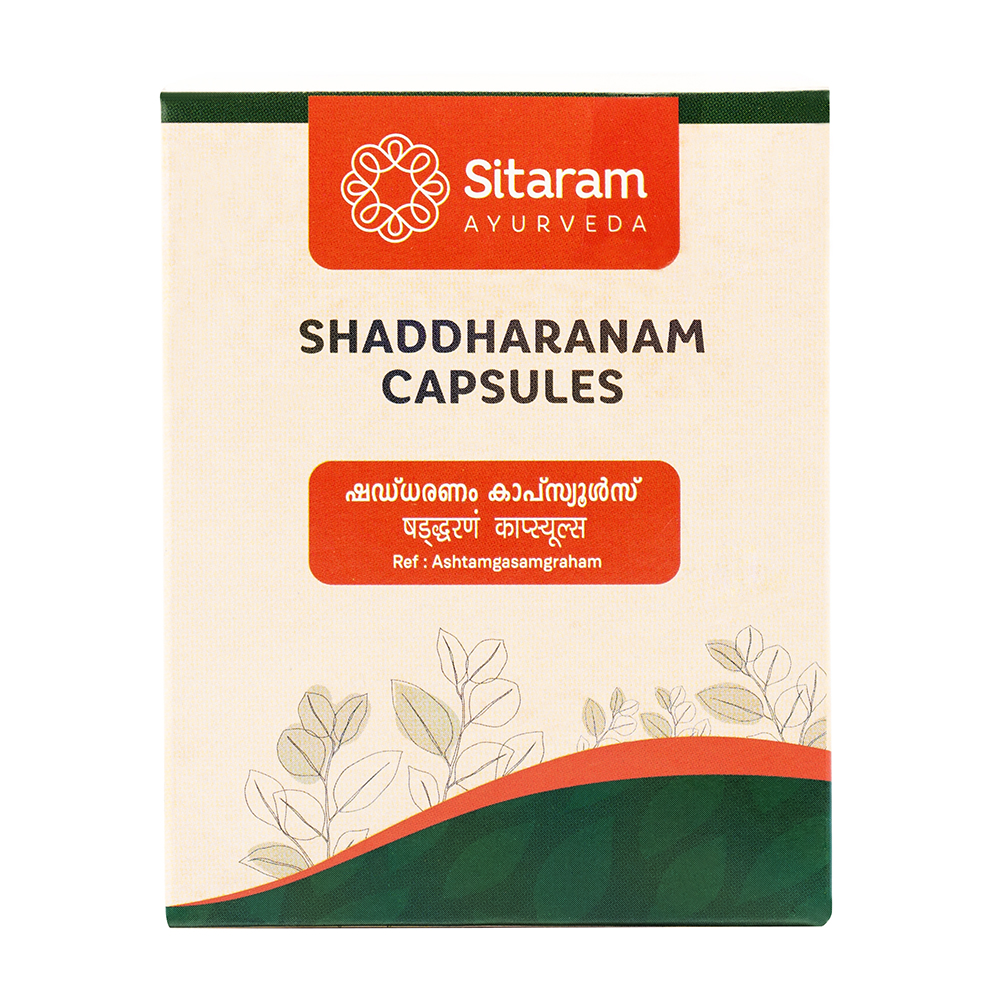
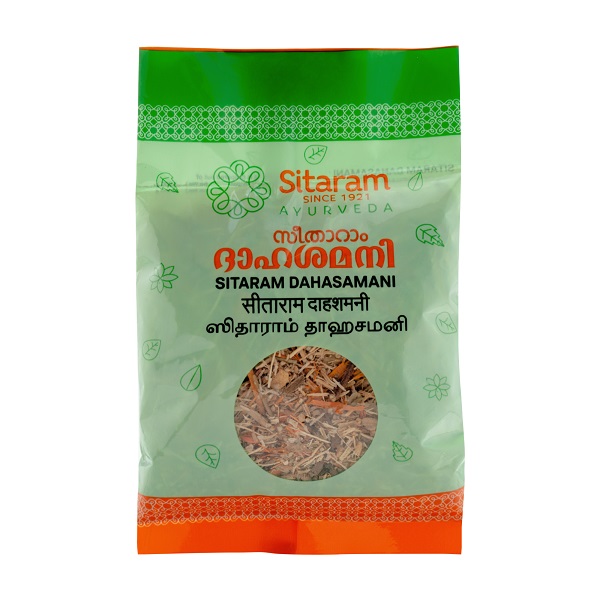
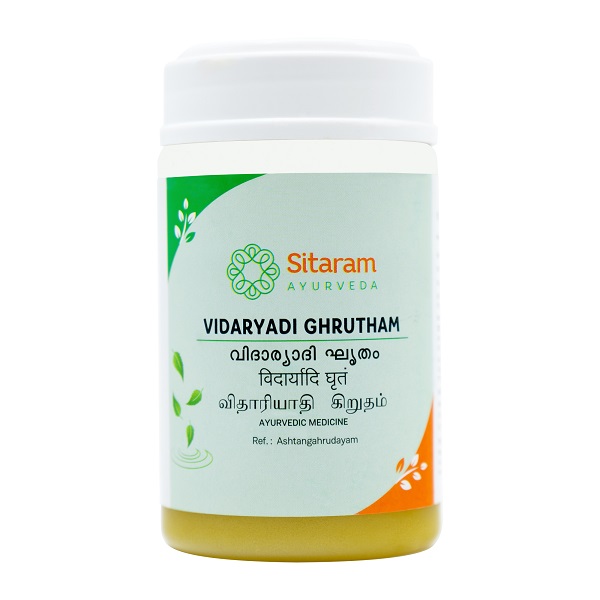
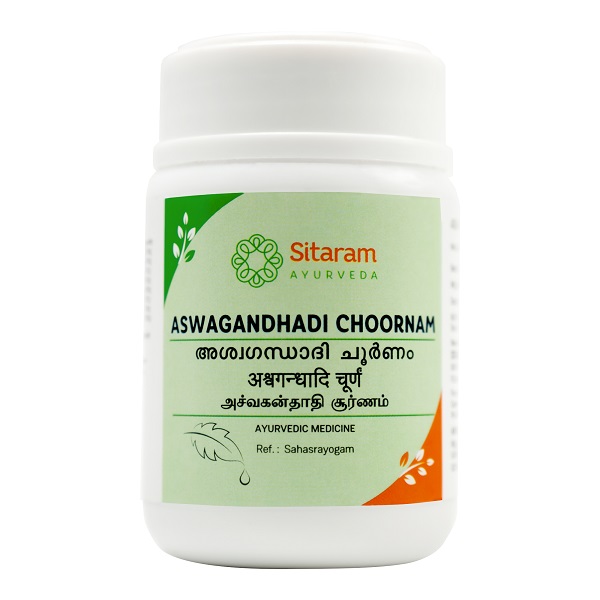
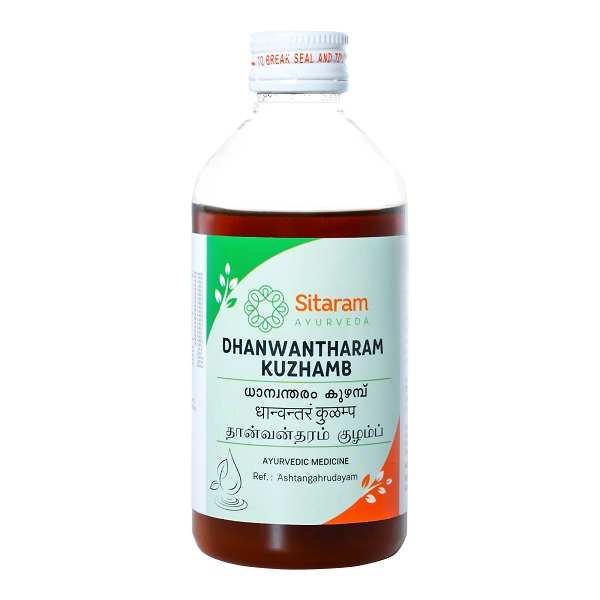
Sayantani Chattopadhyay (verified owner) –